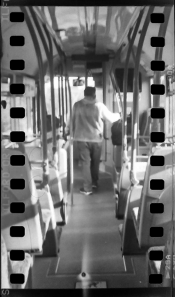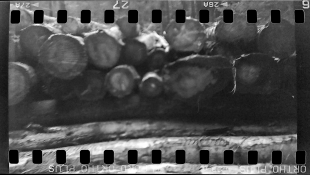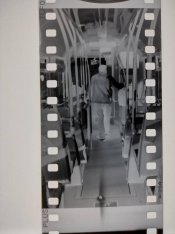spl
Member
I have exposed Ilford Ortho Plus (EI 80) in a vintage camera, which after some research seems to have a fixed ISO 320. (In summer  ... this is from 1960 when you got a recommended film not a recommended ISO.)
... this is from 1960 when you got a recommended film not a recommended ISO.)
Long story short I need to push process the Ilford 80 by +2 stops. I have read the datasheets and nothing officially claims to do this. There is nothing on Massive Dev. I have two developers (Ignoring the ID11) to choose from in stock, leading to some major choices you could help me choose between:
Microphen: Using the general Ilford pattern I could push by 30% twice, using a time increase of 69%, 15.2 minutes.
Rodinal 1+50: You seem to need to go up 80% per stop, resulting in an increase of 224%, tripling the time and a bit to 50 minutes.
Rodinal Stand 1+100: This fellow has developed at 1+100 for 1.5 hours https://timdobbsphoto.com/2021/01/0...ccident-but-i-think-it-worked-the-whole-roll/
I don't mind some grain.
 ... this is from 1960 when you got a recommended film not a recommended ISO.)
... this is from 1960 when you got a recommended film not a recommended ISO.)Long story short I need to push process the Ilford 80 by +2 stops. I have read the datasheets and nothing officially claims to do this. There is nothing on Massive Dev. I have two developers (Ignoring the ID11) to choose from in stock, leading to some major choices you could help me choose between:
Microphen: Using the general Ilford pattern I could push by 30% twice, using a time increase of 69%, 15.2 minutes.
Rodinal 1+50: You seem to need to go up 80% per stop, resulting in an increase of 224%, tripling the time and a bit to 50 minutes.
Rodinal Stand 1+100: This fellow has developed at 1+100 for 1.5 hours https://timdobbsphoto.com/2021/01/0...ccident-but-i-think-it-worked-the-whole-roll/
I don't mind some grain.













 Sorry I posted that to the wrong thread. I suspect they are weeds nearer the camera than they appear. I'm not saying it's a good shot.
Sorry I posted that to the wrong thread. I suspect they are weeds nearer the camera than they appear. I'm not saying it's a good shot.